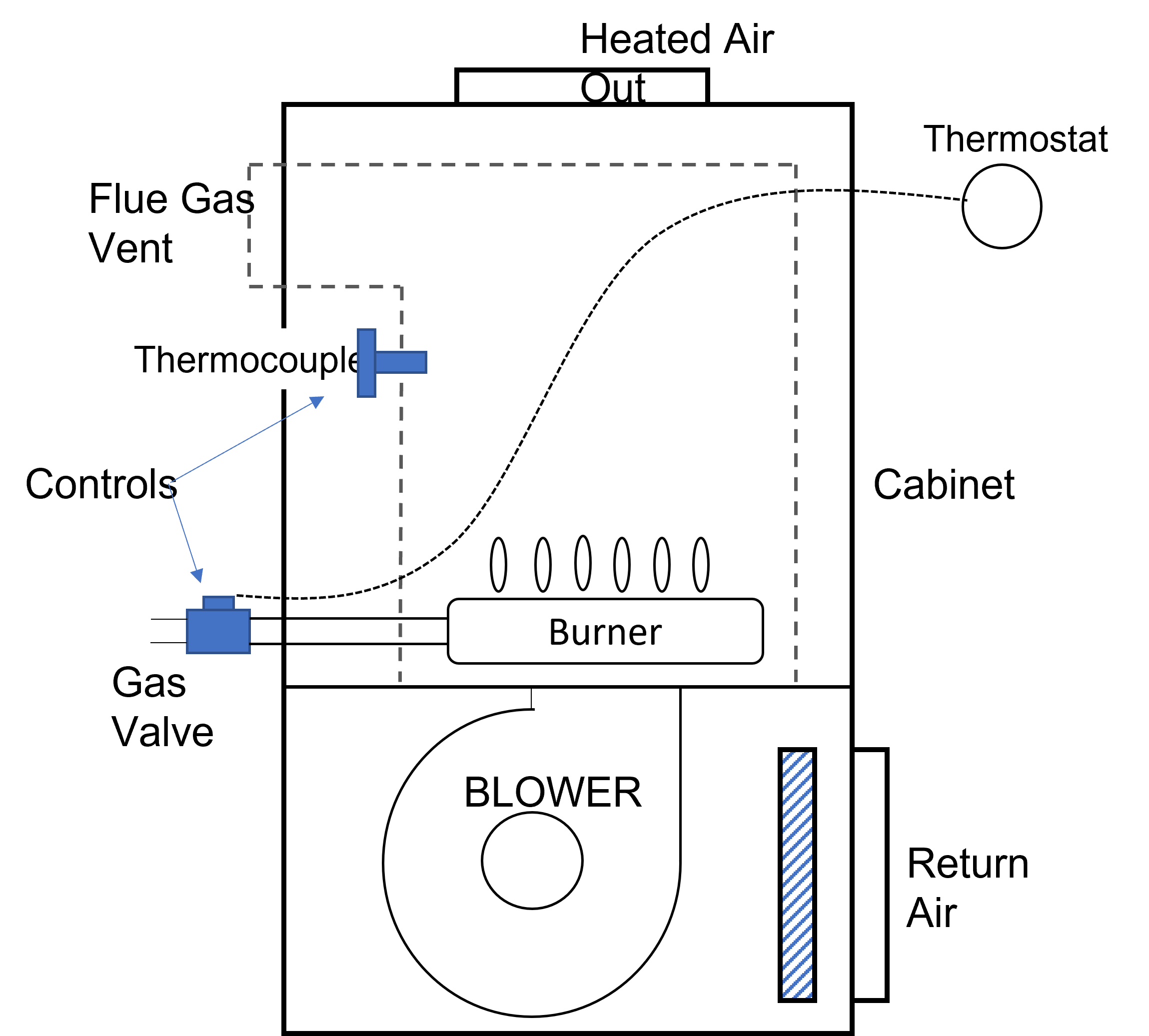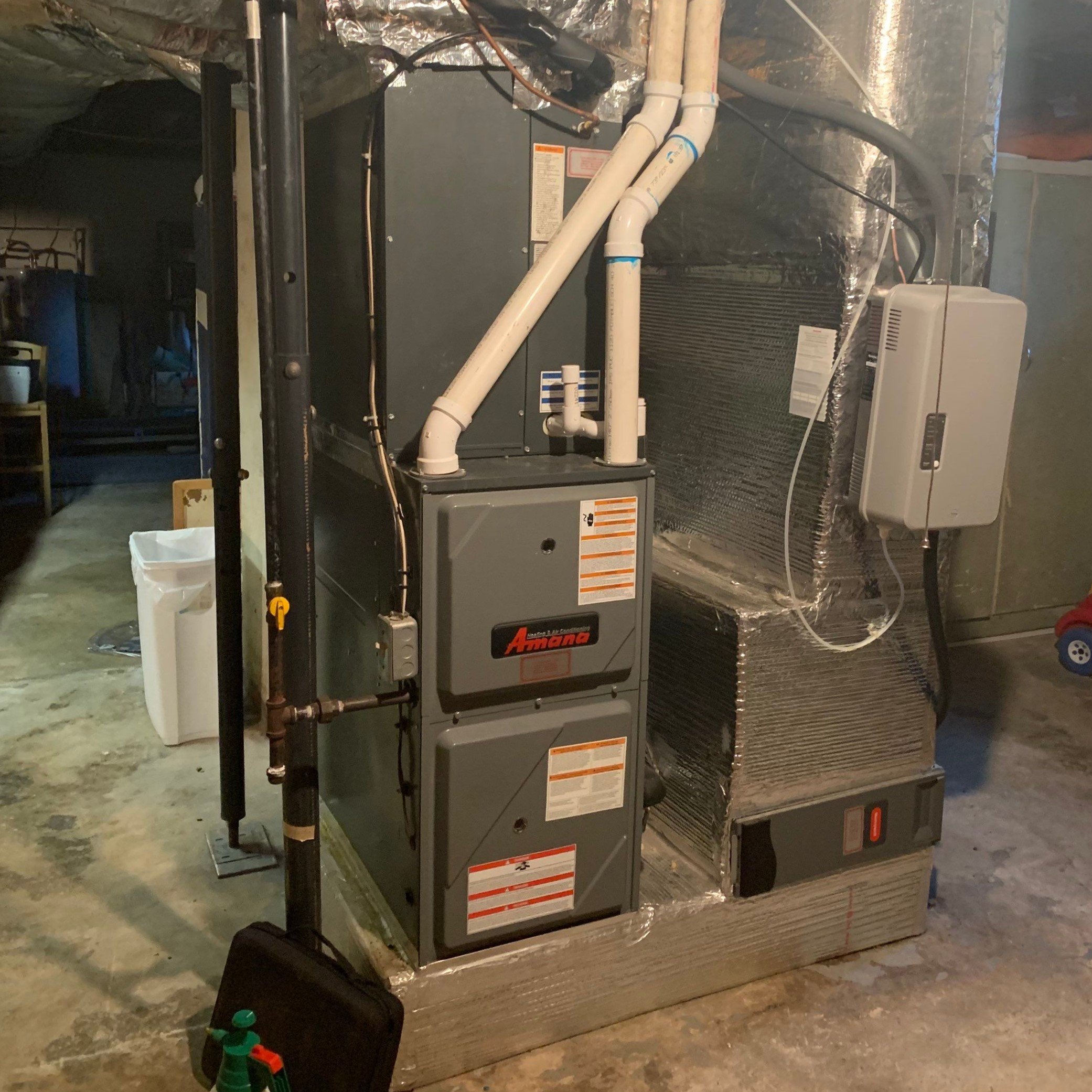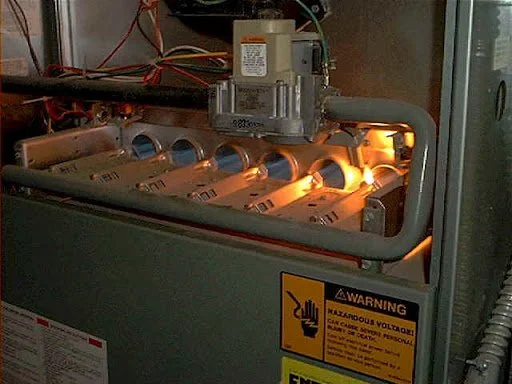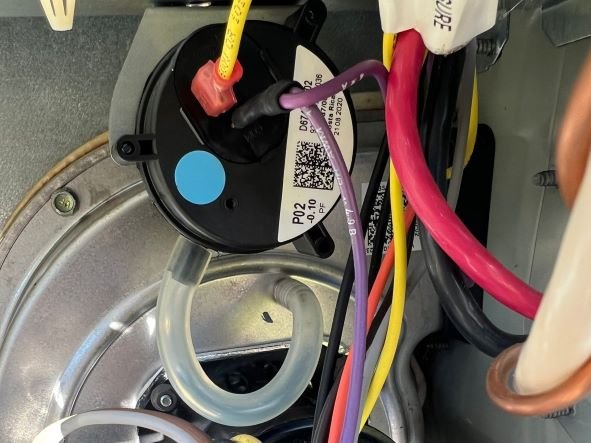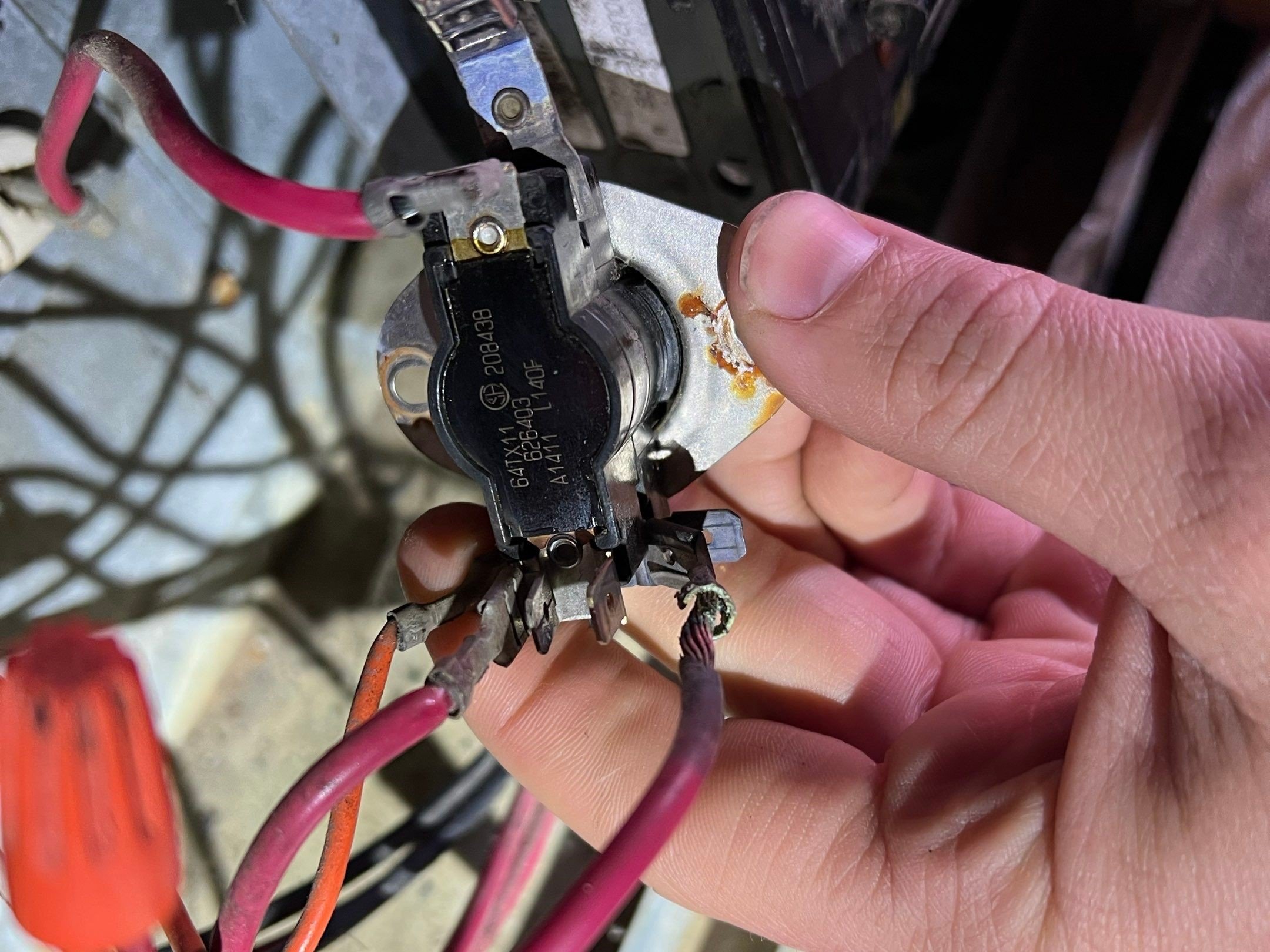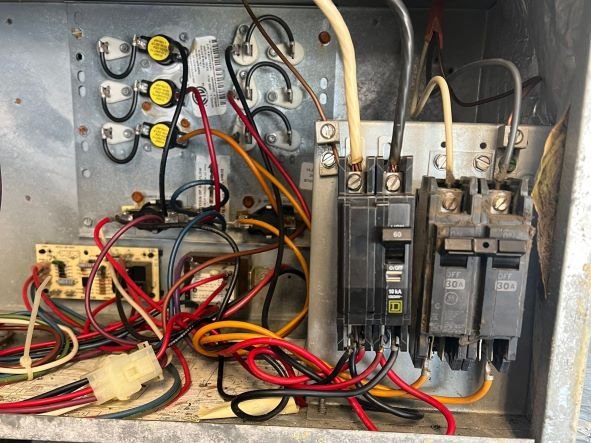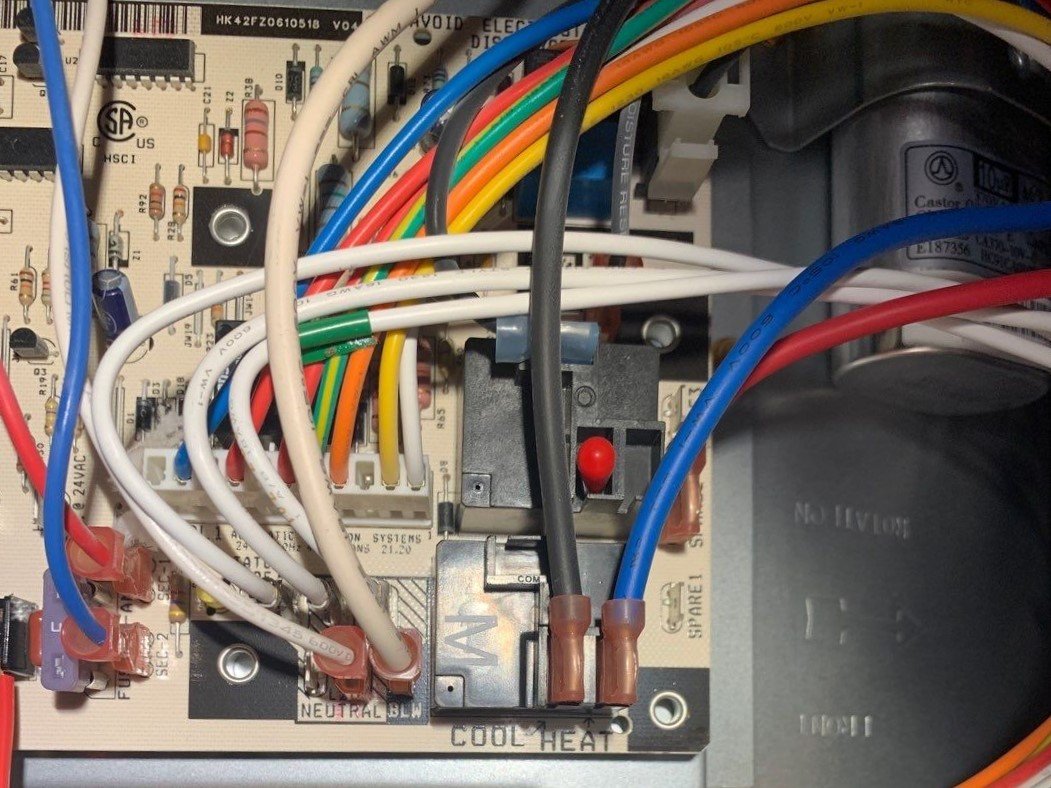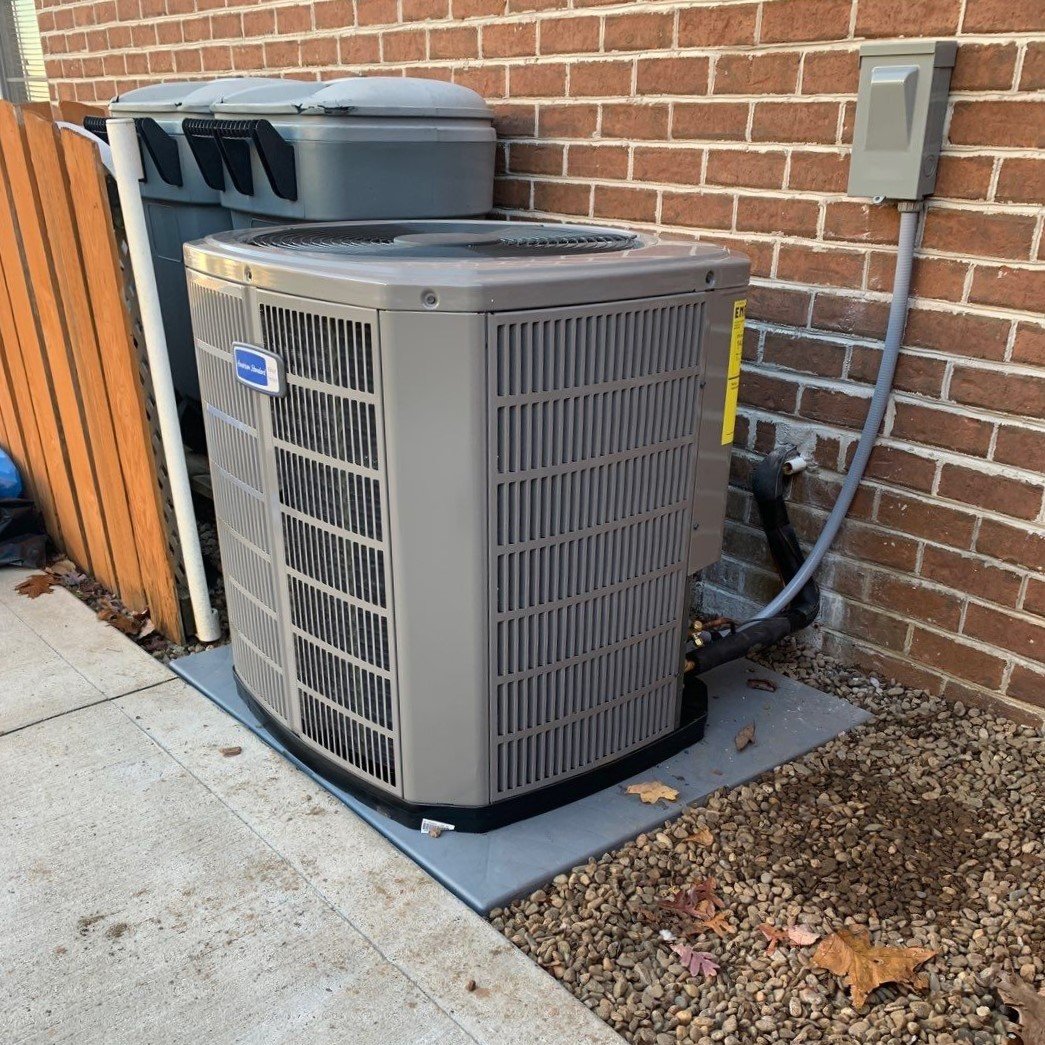Gas Furnace Efficiency Ratings
Most furnace manufacturers offer two types of furnaces: Mid-efficiency Category I fan assist, High-efficiency Category IV condensing-type furnace. The minimum energy efficiency for mid-efficiency furnaces is 80 percent annual fuel utilization efficiency (AFUE). 80 percent furnaces have a flue gas temperature at least 140F above the dew point of the flue gas.
High-efficiency gas furnace
This article wraps up our information on furnace efficiency ratings and categories. This should give homeowners a better understanding of their heating system. You have insight into the limitations that are placed on installation, furnace location, vent piping, condensate drains, and integration with your cooling system.
Gas Furnace Troubleshooting
Gas furnaces are safe appliances and are highly recommended in nearly every home. However, poor repair or maintenance practices can very easily remove the safety margin designed into every furnace. Your furnace has several safety features that shut down the furnace when a problem occurs. This includes: Limit switch, Temperature sensors, Pressure sensors, Flame roll-out, Door safety, Flame sensor.
Gas Furnace Ignition Systems
Furnace ignition methods have drastically changed over the years. The need for safety and reliability has driven those changes. Furnaces manufactured today no longer have pilot lights. They are so obsolete that you rarely see one in the field. Here we'll go through several ignition methods starting with a pilot light and ending with an electronic ignition system.
Gas Furnace Limit Switch
Understanding and maintaining the various safety switches in a gas furnace is crucial for both equipment functionality and the safety of homeowners. Malfunctions in limit switches can lead to furnace shutdowns, overheating, inadequate removal of flue gases, and potential fire hazards.
Troubleshooting Electric Heat
Troubleshooting Electric Heat - Electric Furnaces have 3 Functional Components: The heating element is the core component responsible for generating heat. The blower motor and fan work in tandem to circulate the heated air. The thermostat serves as the control center, allowing users to set and regulate the desired temperature.
Heating Equipment Certification
All types of heating systems have to be tested, certified, or listed by accredited testing agencies such as AHRI, CSA International or Underwriters Laboratories, Inc. (UL). Gas heating systems and air conditioning must meet standards set by a large number of governmental and independent agencies.
Heat Pump Defrost
Understanding your heat pump's defrost mode may prevent unneeded trouble calls and the cost associated with it. Ice buildup with negatively affect your heat pump's efficiency. Taking the necessary steps to ensure your heat pump is functioning properly will reduce your energy usage.
Electric heat
The growth of electric heating began in the 1950s and first became popular in areas not served by natural gas pipelines. Throughout this same period, the electrical demand for air conditioning during the summer months was increasing. To help boost the winter demand, electric utilities and heating manufacturers began to encourage the use of electric heating.
What You Should Know About Your HVAC Electrical Components
Your air conditioner unit is comprised of many electrical components that work in tandem with each other to provide heating and cooling for your home. Many of those parts are considered the main electrical components of your system – including the thermostat, furnace, blower fan, electrical wiring, and relays, as well as crankcase heaters, the compressor, condenser, evaporator coils, heat pumps, and much more.
Understanding What HVAC Means: Your Essential Guide to Heating, Ventilation, and Air Conditioning
HVAC stands for heating, ventilation, and air conditioning which regulate indoor temperature, air quality, and humidity levels. Common types of HVAC systems include split systems, hybrid heat pump systems, ductless mini-split systems, and packaged units. Professional installation & maintenance by certified technicians is essential to ensure optimal performance & energy efficiency when selecting an HVAC system.
Gas Furnaces
Understanding the key aspects of natural gas furnaces is crucial for making informed decisions about heating systems in homes and buildings. Gas furnaces are widely used due to their efficiency, reliability, and cost-effectiveness.
Home Heating Systems
Choosing the right home heating system involves a careful consideration of various factors to ensure optimal comfort, efficiency, and cost-effectiveness. The diverse options available cater to different preferences, climates, and energy sources. From forced-air systems like furnaces and heat pumps to radiant heating systems, each has its merits and drawbacks.
How to Tell What Kind of HVAC System You Have
Homeowners should be aware of the type of heating and cooling system they have, how it works, and if it’s efficient enough for their needs. That way, they’ll have a stronger idea of their options for affordable maintenance and potential upgrades in the future.


